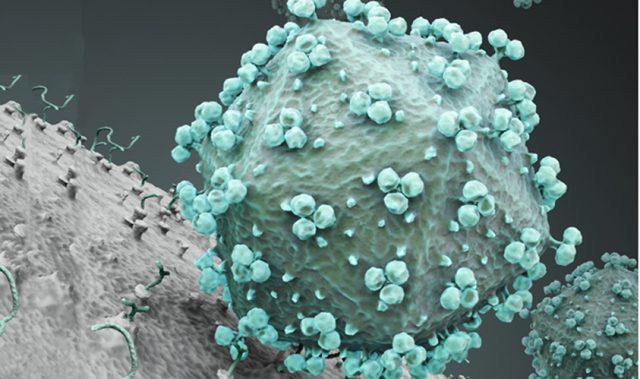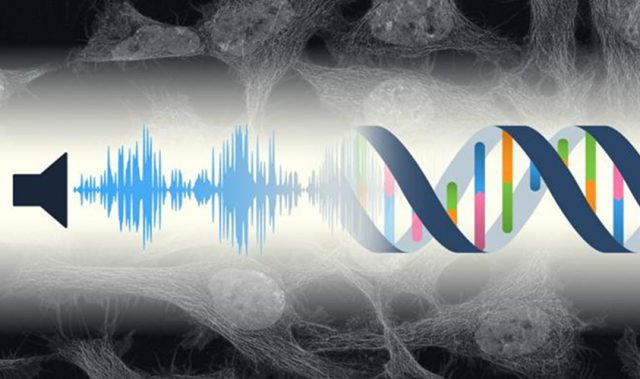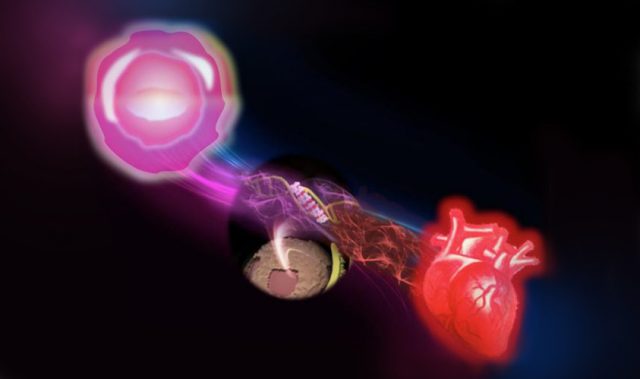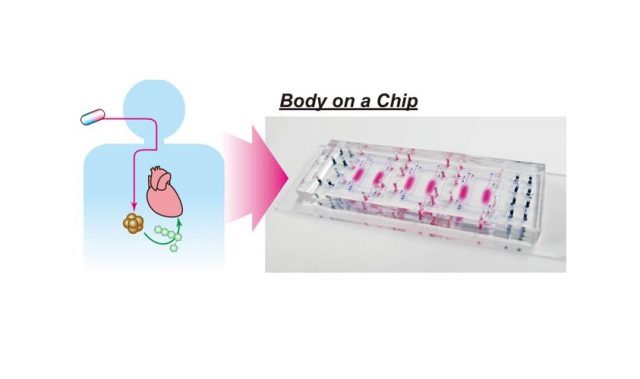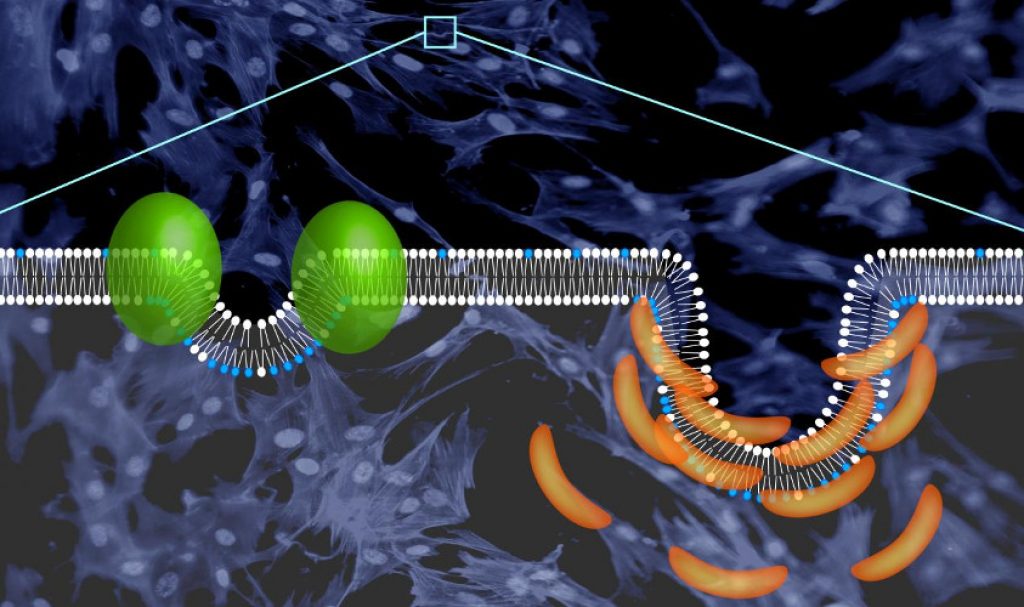
AsianScientist (Apr. 5, 2018) – Scientists in Japan have discovered that enzymes that flip lipids give cells the ability to change the shape of their plasma membranes. Their work is published in the The EMBO Journal.
Endocytosis is the process in which a part of a cell engulfs external molecules for further processing. However, the precise methods by which cells deform their membranes to allow them to take up external molecules remain unclear.
In the present study, cell biologists at Kyoto University, Japan, wanted to find out if ‘flipping’ enzymes belonging to the P4-ATPase family were involved in inducing cell membranes to change shape. These enzymes flip specific lipids between the inner and outer layers of the membrane. Scientists have not been able to determine whether this flipping affects membrane curvature, until now.
The researchers thus developed a process that allowed them to directly observe the activity of flipping enzymes in conjunction with membrane deformation. They tagged fluorescent molecules to curvature-sensing BAR proteins that are present in cytosol and observed how the BAR proteins behaved.
It is known that when one type of BAR-domain, called N-BAR, is recruited to the cell membrane, it penetrates the cell’s lipid bilayer, inducing the formation of a small inward curvature. This change in curvature leads to the recruitment of more N-BAR domains, which attach to each other along a part of the membrane, triggering the formation of a tube.
On the other hand, the researchers found that BAR and F-BAR domains do not cause membrane deformation unless a special flipping enzyme, called ATP10A, was activated in cells. ATP10A flips the lipid phosphatidylcholine from the outer to the inner layer of the cell membrane, causing a small change in its curvature.
When ATP10A was activated, BAR and F-BAR domains sensed a change in curvature and bound to the cell membrane. The proteins then gathered, attached to each other along the cell membrane and transformed that part of the membrane into an inwardly-protruding tubule. This did not happen in cells in which ATP10A was turned off.
“Increased inward plasma membrane bending by ATP10A expression enhances endocytosis,” said study corresponding author Professor Shin Hye-Won of Kyoto University’s Graduate School of Pharmaceutical Sciences.
“The plasma membrane also dynamically changes shape during cell migration, cancer cell invasion, cell division, nutrient uptake and entry of pathogens and viruses into cells. This study is the first to show that changes in the transbilayer lipid composition induced by P4-ATPases can deform biological membranes,” she added.
The article can be found at: Takada et al. (2018) Phospholipid‐flipping Activity of P4‐ATPase Drives Membrane Curvature.
———
Source: Kyoto University; Photo: Tomoki Shimizu/Shin Lab.
Disclaimer: This article does not necessarily reflect the views of AsianScientist or its staff.





